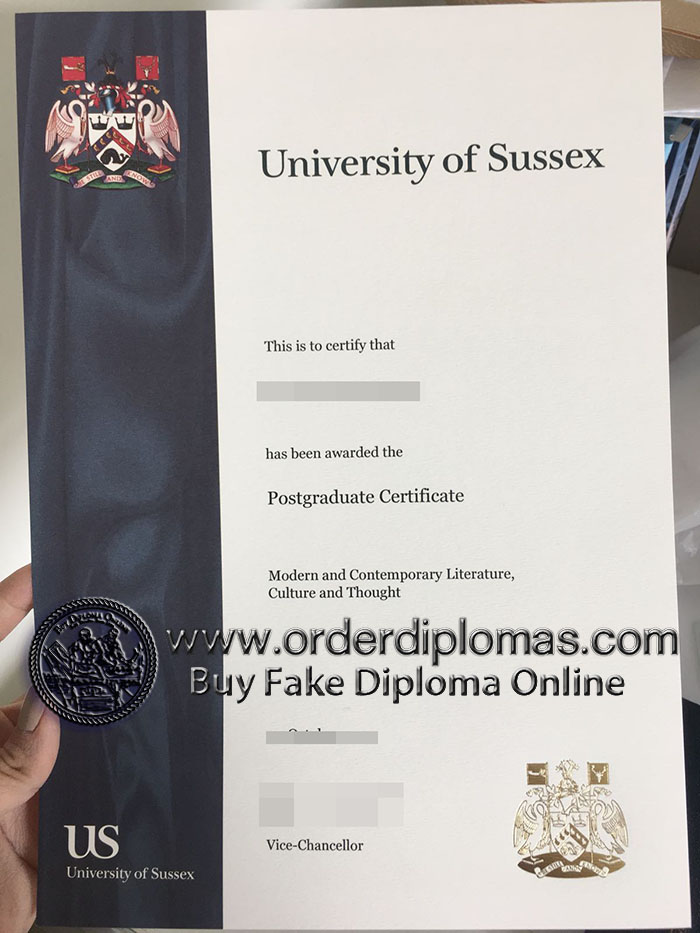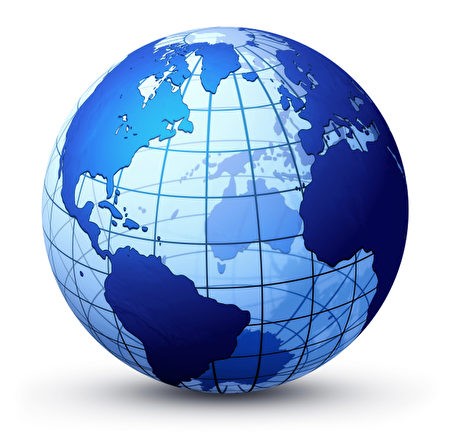
buy fake University of Sussex certificate
Where to buy a fake university of sussex diploma? where to buy a fake university of sussex degree? where to buy a fake university of sussex certificate? buy fake university of sussex diploma. buy fake university of sussex degree, buy fake university of sussex certificate, how to buy a fake university of sussex diploma?
The University of Sussex is a public research university located in Falmer, East Sussex, England, it is mostly within the city boundaries of Brighton and Hove but spills into the Lewes District in its eastern fringe. Its large campus site is surrounded by the South Downs National Park and is around 5.5 kilometres (3.4 mi) from central Brighton. The University received its Royal Charter in August 1961, the first of the plate glass university generation, and was a founding member of the 1994 Group of research-intensive universities.
More than a third of its students are enrolled in postgraduate programmes and approximately a third of staff are from outside the United Kingdom. Sussex has a diverse community of nearly 20,000 students, with around one in three being foreign students, and over 1,000 academics, representing over 140 different nationalities. The annual income of the institution for 2019–20 was £319.6 million with an expenditure of £282 million. buy fake diploma. buy fake university of sussex degree. buy fake university of sussex certificate.
Sussex counts 5 Nobel Prize winners, 15 Fellows of the Royal Society, 10 Fellows of the British Academy, 24 fellows of the Academy of Social Sciences and a winner of the Crafoord Prize among its faculty. By 2011, many of its faculty members had also received the Royal Society of Literature Prize, the Order of the British Empire and the Bancroft Prize. Alumni include heads of states, diplomats, politicians, eminent scientists and activists.
In an effort to establish a university to serve Sussex, a public meeting was held in December 1911 at the Royal Pavilion in Brighton to discover ways to fund the construction of a university; the project was halted by World War I, and the money raised was used instead for books for the Municipal Technical College.
The idea was revived in the 1950s and, in June 1958, the government approved the corporation’s scheme for a university at Brighton, to be the first of a new generation of what came to be known as plate glass universities. The University was established as a company in 1959, with a Royal Charter being granted on 16 August 1961. This was the first university to be established in the UK since the Second World War, apart from Keele. The University’s organisation broke new ground in seeing the campus divided into Schools of Study, with students able to benefit from a multidisciplinary teaching environment. Sussex would emphasise cross-disciplinary activity, so that students would emerge from the University with a range of background or ‘contextual’ knowledge to complement their specialist ‘core’ skills in a particular subject area. For example, arts students spent their first year taking sciences while science students took arts.
The University quickly grew, starting with 52 students in 1961–62 to 3,200 in 1967–68. After starting at Knoyle Hall in Brighton, the Falmer campus was gradually built with Falmer House opening in 1962. Its campus was praised as gorgeously modernist and groundbreaking, receiving numerous awards. Its Student Union was quite active, organising events and concerts. Performers like Pink Floyd, Jimi Hendrix and Chuck Berry repeatedly performed at the University Common Room, giving the university a reputation for Rock and Roll.
Academically, Sussex was home to figures such as Asa Lord Briggs, Helmut Pappe, Gillian Rose, Jennifer Platt and Tom Bottomore. In its first years, the university attracted a number of renowned academics such as Sir John Cornforth, John Maynard Smith, Martin Wight, David Daiches, Roger Blin-Stoyle and Colin Eaborn. Similarly, renowned scholars like Marcus Cunliffe, Gabriel Josipovici, Quentin Bell, Dame Helen Wallace, Stuart Sutherland and Marie Jahoda also became central figures at the University and founded many of its current departments. Additionally, a number of initiatives at the University were started at this time, such as the Subaltern Studies Group.
In the late 1960s, the United Nations asked for science policy recommendations from a team of renowned academics at Sussex. The ensuing report became known as the Sussex Manifesto.
Sussex came to be identified with student radicalism. In 1973, a mob of students physically prevented United States government adviser Samuel P. Huntington from giving a speech on campus, because of his involvement in the Vietnam War. Similarly, when the spokesperson for the US embassy, Robert Beers, visited to give a talk to students entitled ‘Vietnam in depth’ three students were waiting outside Falmer House and threw a bucket of red paint over the diplomat as he was leaving.
In both 1967 and 1969, Sussex won the television quiz University Challenge.
In 1980, Sussex edged out the University of Oxford to become the university with the highest income from research grants and contracts.

 USA Diplomas
USA Diplomas Canada Diplomas
Canada Diplomas UK Diplomas
UK Diplomas Australia Diplomas
Australia Diplomas Germany Diplomas
Germany Diplomas Malaysia Diplomas
Malaysia Diplomas Singapore Diplomas
Singapore Diplomas Other countries
Other countries Transcript-Form.xlsx
Transcript-Form.xlsx
